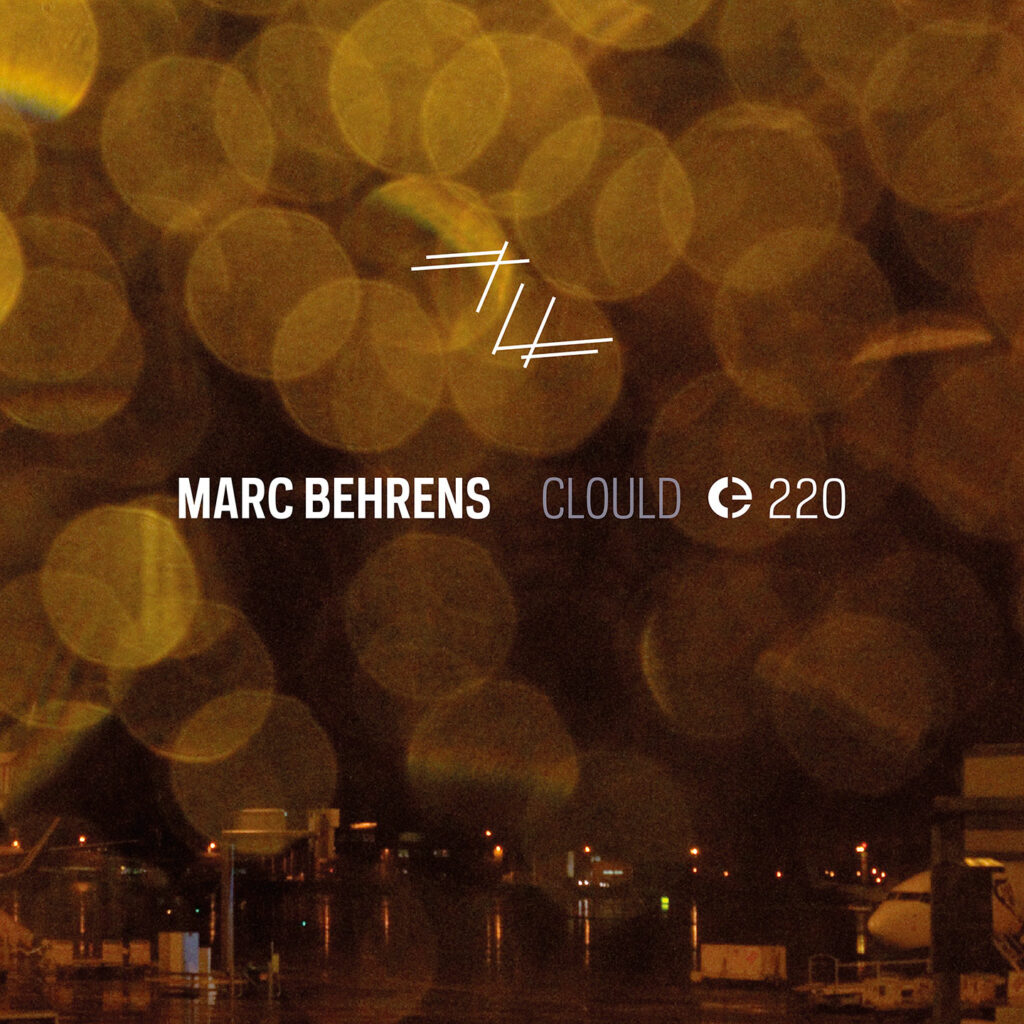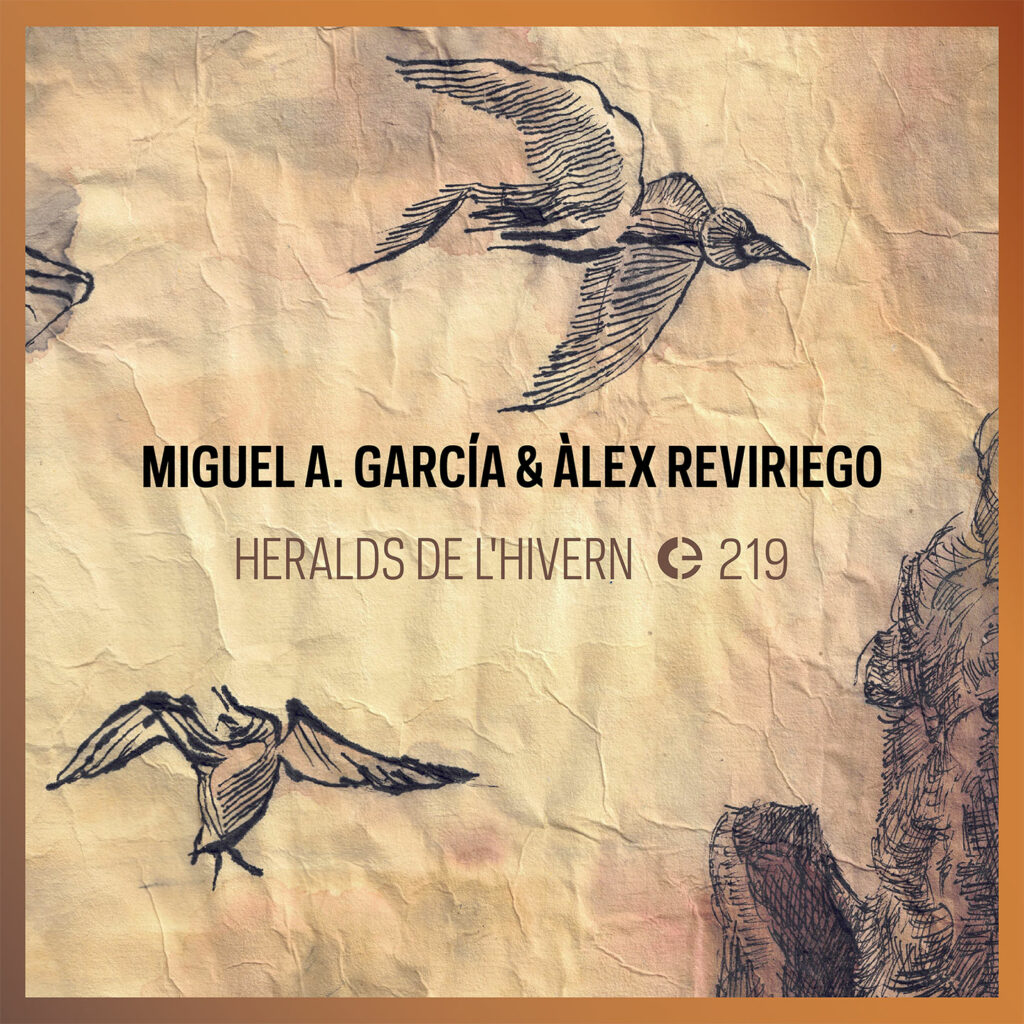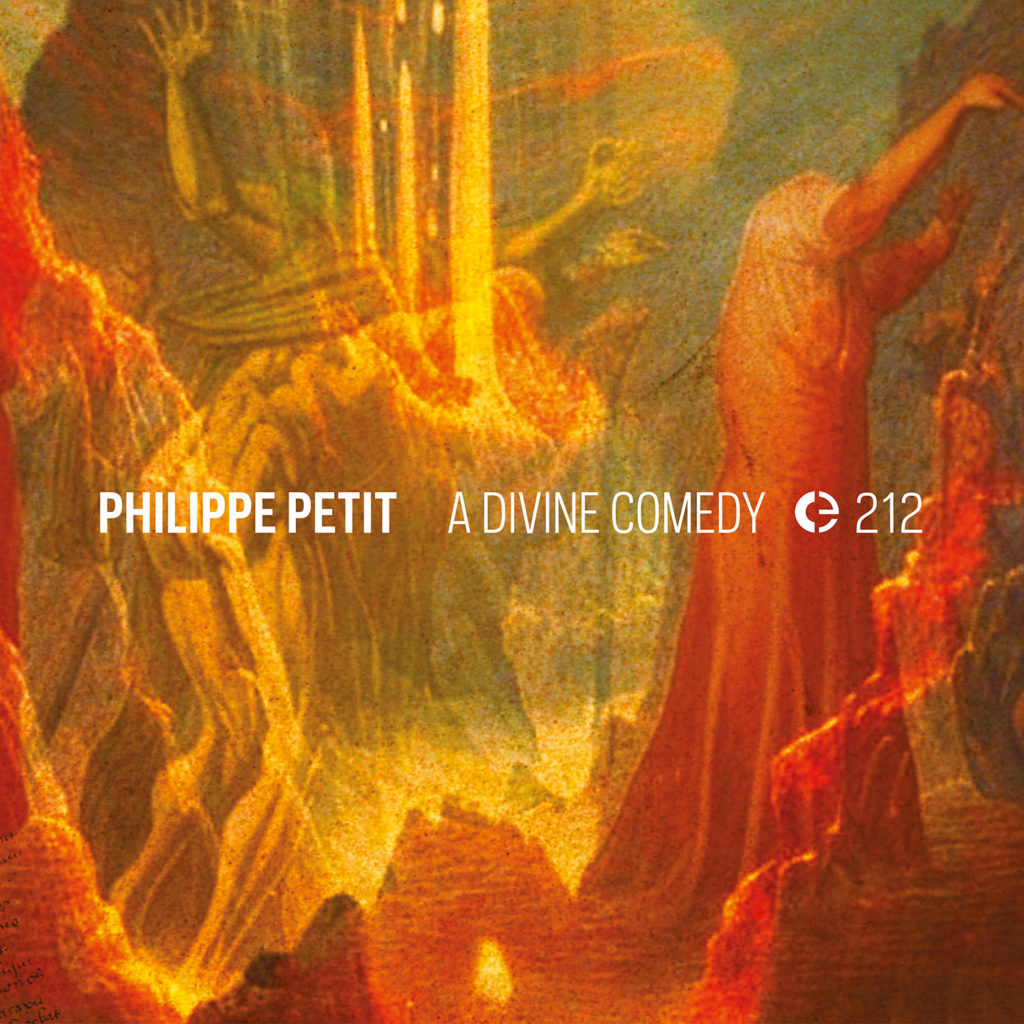
Tytuł Clould łączy w sobie słowa “cloud” (chmura), wskazując na fascynację ludzkości rzekomymi nadprzyrodzonymi istotami, które żyły w chmurach lub je tworzyły, oraz “could” („mogłoby”). Historyczne mitologie zostały umieszczone w kontekście XXI wiecznego masowego transportu powietrznego, który napędza duże grupy ludzi – pasywnych siłą – przez przestrzeń, która kiedyś należała do mitologicznych istot i energii. I oczywiście do chmur. Cykl utworów elektroakustycznych Clould i jego preambuła Aiear (Crónica 218~2024) składają się łącznie z 95 minut muzyki, pięciu mikroopowiadań, libretta do piątej części, szeregu zdjęć lotniczych i wykresów tekstowych oraz koncepcji wykonania obejmującej pierwsze trzy części. Niniejsza płyta CD zawiera kompletne pięć części Clould.
Clould składa się z dźwięków z wnętrza samolotów i lotnisk nagranych na różne sposoby: z bagażu rejestrowanego, za pomocą czujników elektromagnetycznych, z pokładowego systemu rozrywki lub po prostu za pomocą zwykłych mikrofonów. Nagrania głosów z komunikatów pokładowych zostały przetworzone w trybie kroku pielgrzymiego, co oznacza, że zostały wielokrotnie rozciągnięte i skompresowane z nieznacznie zmieniającymi się ustawieniami, aż do pojawienia się maszynowych chimer – ostatecznego bezcielesnego głosu. W końcowej „Piątej części” głosy zostały zebrane z demonstracji bezpieczeństwa i innych ogłoszeń w różnych językach, niektóre już intonowane mechanicznie nawet przez ludzkich lektorów. Fragmentując takie nagrania na pojedyncze sylaby i rekompilując je w nowe, czasem niezrozumiałe, fantazyjne sekwencje różnych połączonych i zaaranżowanych głosów, można usłyszeć fantomowe słowa i zdania. Ponieważ cykl Clould opiera się na rozumieniu języka angielskiego, zarówno w towarzyszących mu mikroopowiadaniach, jak i w samych utworach muzycznych, transkrypcja w stylu libretta ujawnia angielskie słowa i onomatopeiczne wykrzykniki. Ten dedykowany system bardzo luźno nawiązuje do koncepcji bījamantry (lub bījākṣara: sylaba nasienna) używanej w hinduizmie tantrycznym i buddyjskim mistycyzmie, w którym pewne sylaby zawierają esencje dźwiękowe, które manifestują określony element, byt lub bóstwo. Na przykład najważniejsza bīja “oṃ” jest kwintesencją i manifestacją wszechświata – bardziej duchowym niż akustycznym dźwiękiem. W systemie siedmiu czakr jest to również sylaba nasienna związana z czakrą korony (centrum psychiczne).
via Anxious








